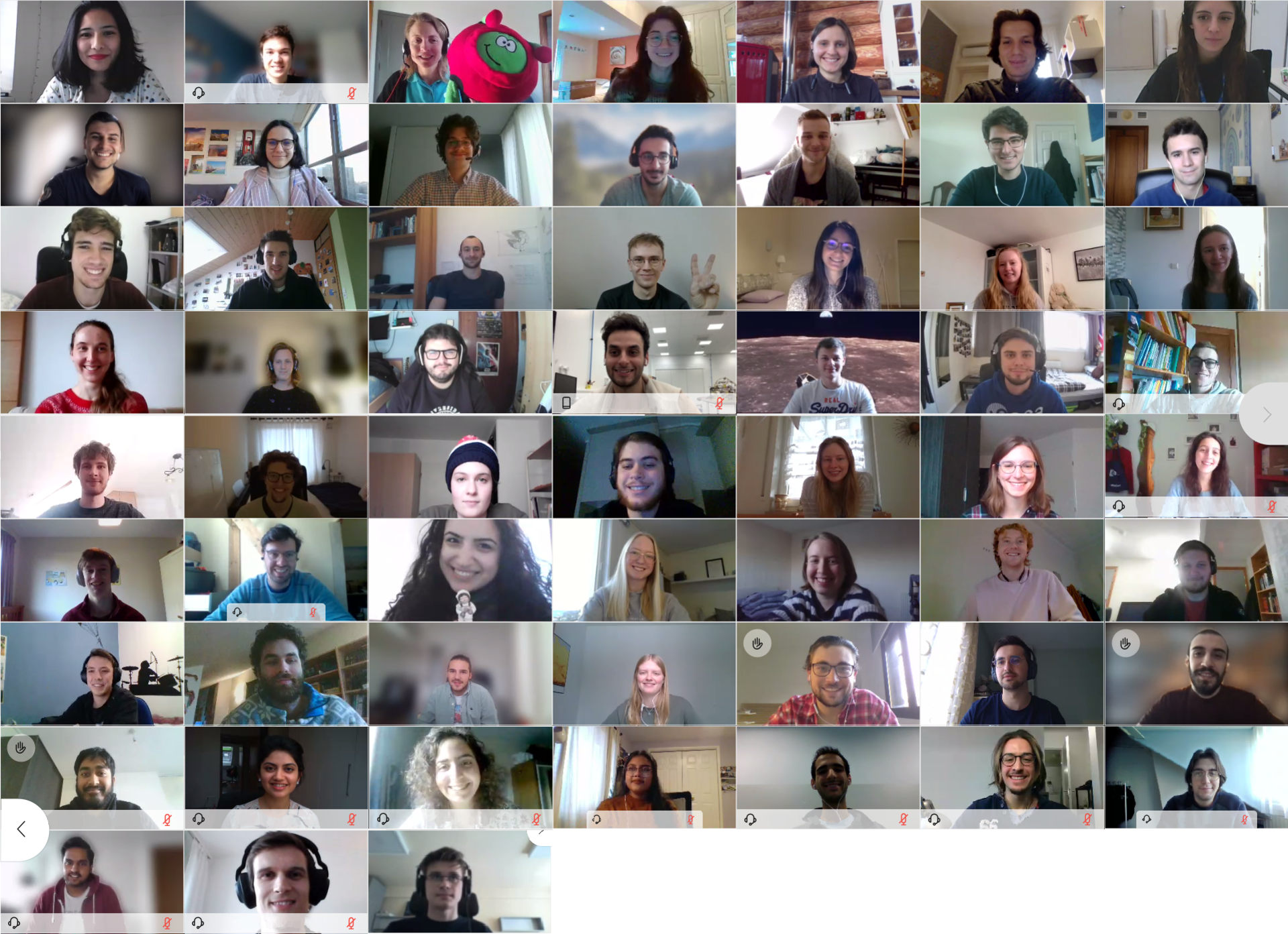Online Ladybird Guide to Spacecraft Communications Training Course 2021 inspires University students
Although the COVID-19 pandemic continues to disrupt lives around the world, many activities can continue thanks to modern technology. ESA Academy have embraced this approach, and have recently run the Ladybird Guide to Spacecraft Communications Training Course 2021.
Spread across eight afternoon sessions between 11 and 22 January, delivery was entirely online. In attendance were 60 Bachelor, Master, and PhD students, all with engineering backgrounds, from 17 different ESA Member States and three Associate States. Lending their expertise as course tutor was a senior ESA Engineer belonging to the Advanced Mission Concepts and Management Support Office of the Operations Department.
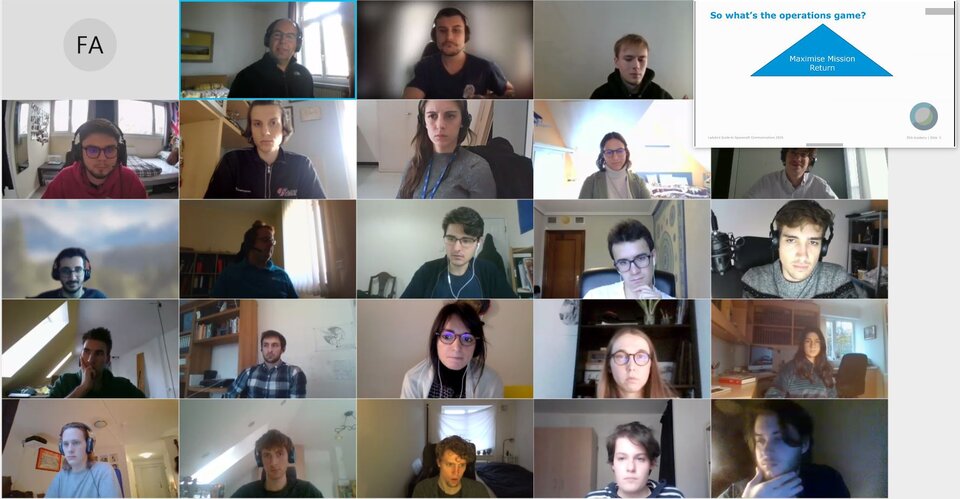
As effective as virtual courses are, it can be difficult to foster the sense of camaraderie that comes from being on-site together. To help with this, an ice-breaker activity was organised online with the students the week before the course began. This was a new initiative for ESA Academy’s Training and Learning Programme, and was a positive experience for both the students and organisers. “Having the ice-breaker and meeting everyone for the first time was organised well and allowed me to settle my nerves before the actual course started,” remarked a British student from the University of Nottingham.
The course’s primary objective was to familiarise students with the fundamental concepts of spacecraft telecommunications. Being “Ladybird”-style meant that lectures were kept to a general point of view, and avoided heavy analytical or mathematical detail. Generous use was made of easy-to-understand examples, in addition to intuitive diagrams.
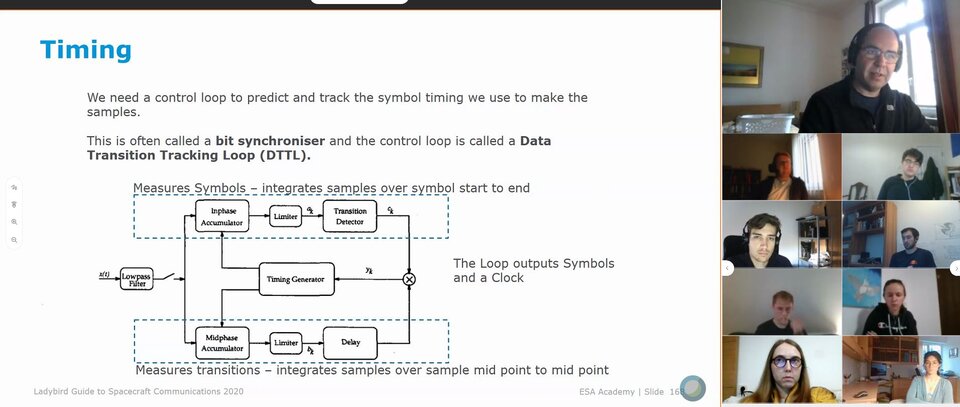
Over the eight afternoon sessions, the following topics were covered:
- Signal modulation and demodulation
- Channel coding
- Communication protocols
- Transmission
- Signal reception
- An overview of several real ground stations
The course trainer has many years of experience with spacecraft operations, which proved invaluable when providing actual examples of missions and real operational scenarios. This brought the topics to life for the students, immersing them in the problems that can arise during a real space mission. During lectures the trainer would often challenge the students with quizzes, keeping them on their toes!
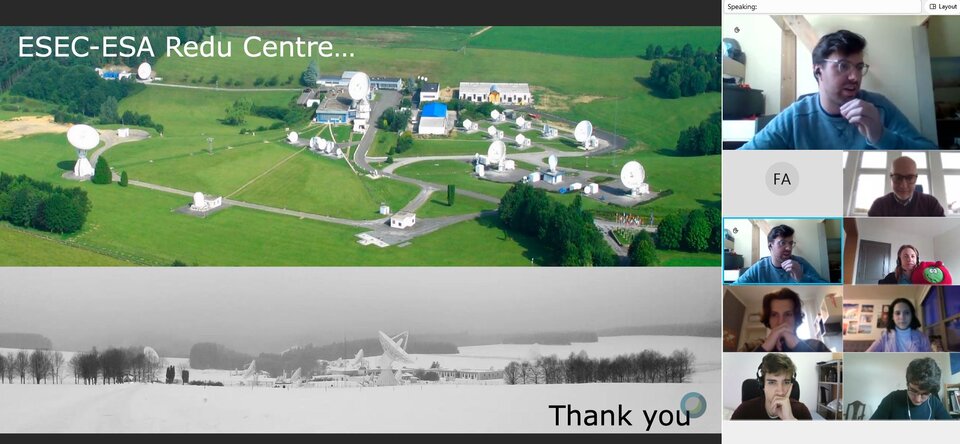
“The course was very well organised, and the trainer combined theory and operational practice in a very engaging way,” said a German student from TU Darmstadt. “The content of the course already helped me a lot in my studies, and it was great to get to meet so many other enthusiastic space students.”
Supplementing the lectures were lessons from guest speakers; an introduction to the Galileo Global Navigation Satellite System; and a presentation of ESEC and on-site activities, from where the PROBA satellites are operated.
Another objective was to “fill the gap” between spacecraft operators and telecommunications designers. Often designers have difficulty “thinking as operators”, which can create problems. To address this, the course encouraged students to consider spacecraft operators’ points of view when designing a ground station or telecommunications subsystem of a spacecraft, as well as trying to solve communications problems.
This was the 6th edition of the Ladybird Guide to Spacecraft Communications Training Course, but the first time it has run entirely online. Despite the distance, participants were able to feel fully involved, have all their questions answered, and gained knowledge and skills that will help them in their studies, and in their future careers in the space sector.
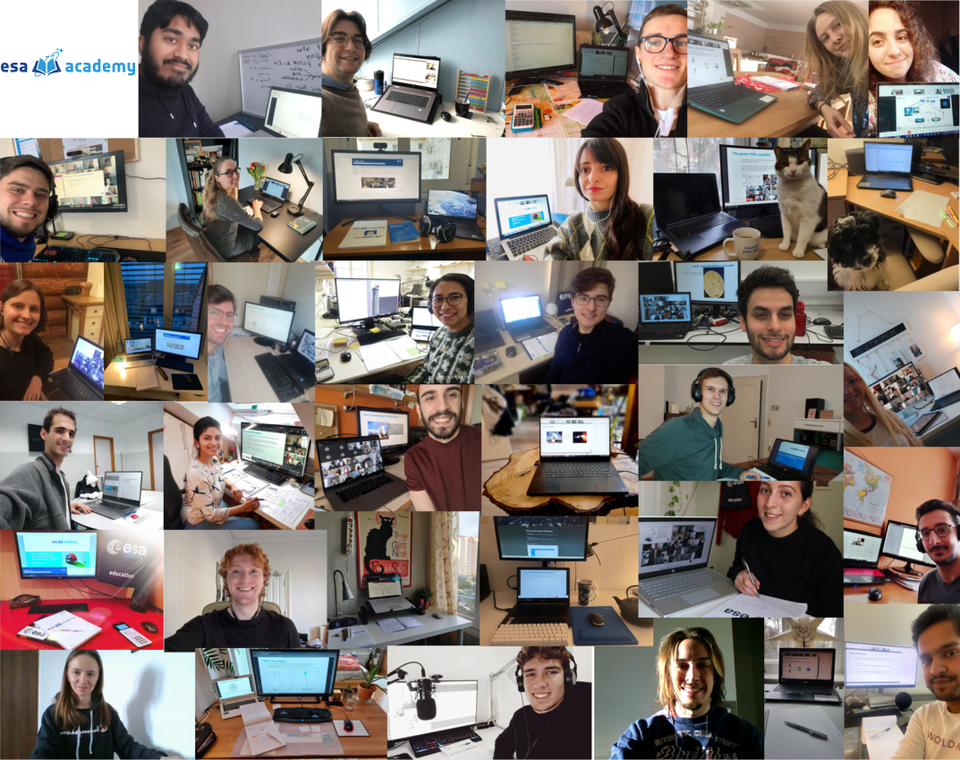
An Italian student from the University of Manchester summarised their experiences at the course’s conclusion: “A superb, intensive, and comprehensive course on space communications for all students - even those with non-technical backgrounds. The outstanding quality of each session was supported by the number of fascinating interactions between the trainer and the attendees, which fostered both curiosity and interest despite the distance. I found myself thinking outside the box on several occasions in order to creatively come up with feasible solutions that could work in the world of space engineering. Not only has the course contributed towards my professional development, but also helped me establish some strong relationships with other peers who are also driven by a profound passion for space.”
To find more information about upcoming and future ESA Academy training opportunities, please see our Current Opportunities. Or contact: tlp@esa.int.


